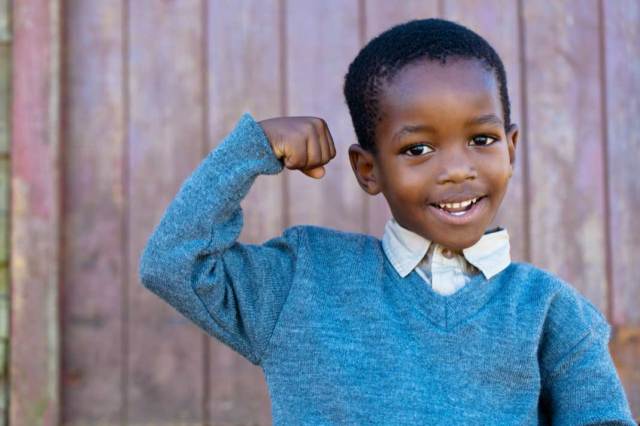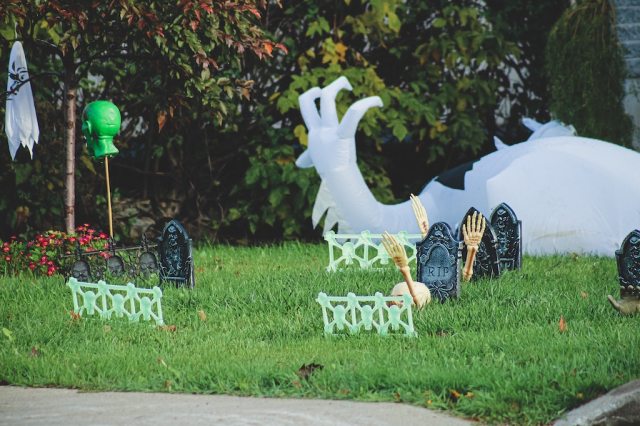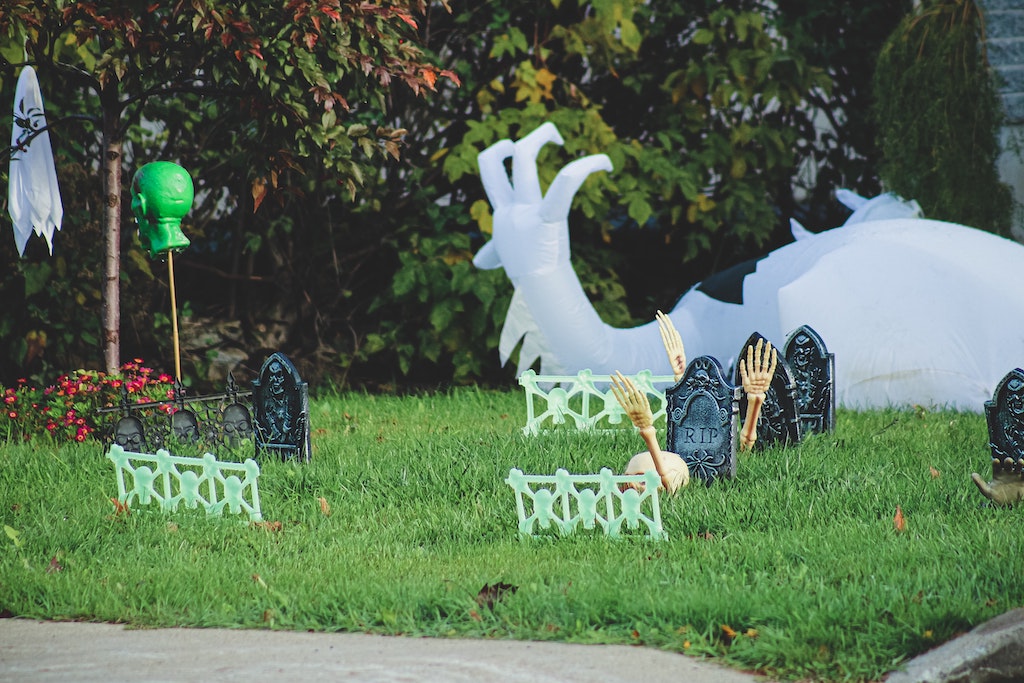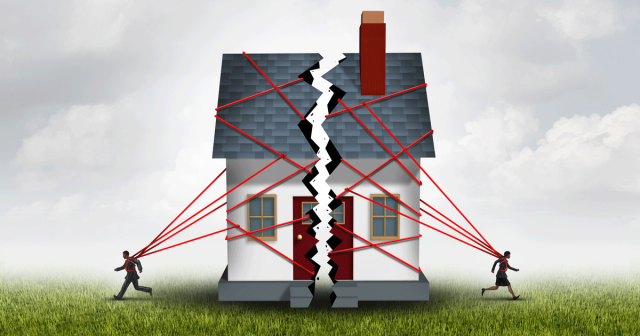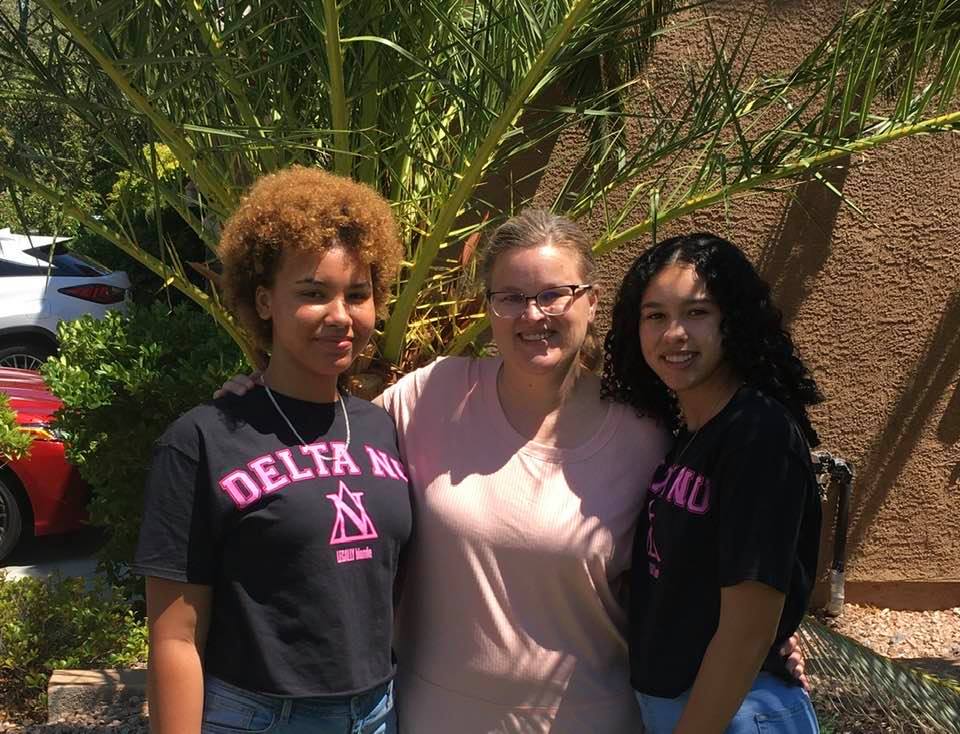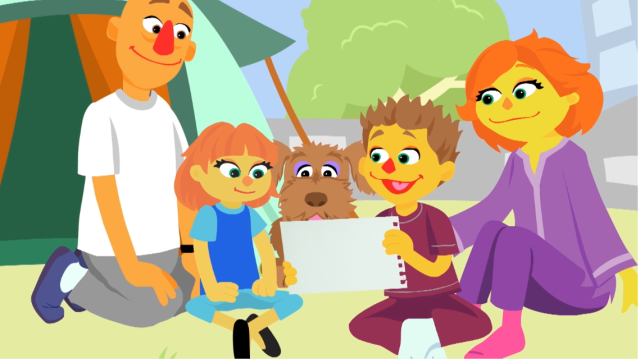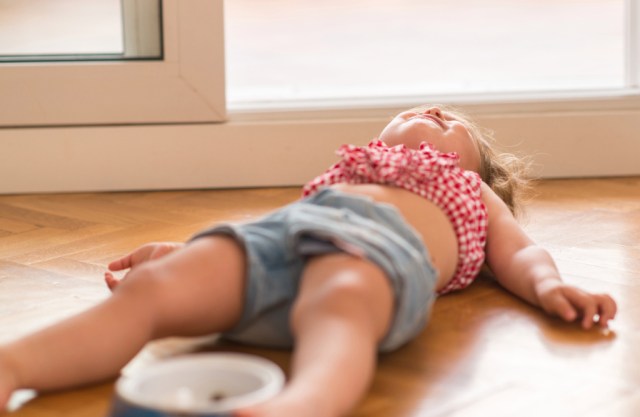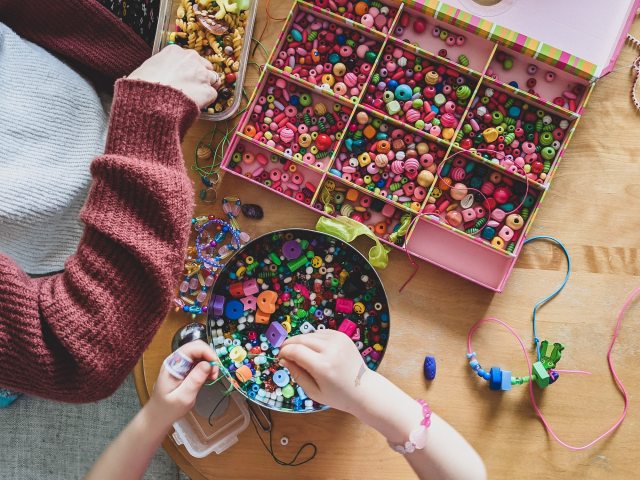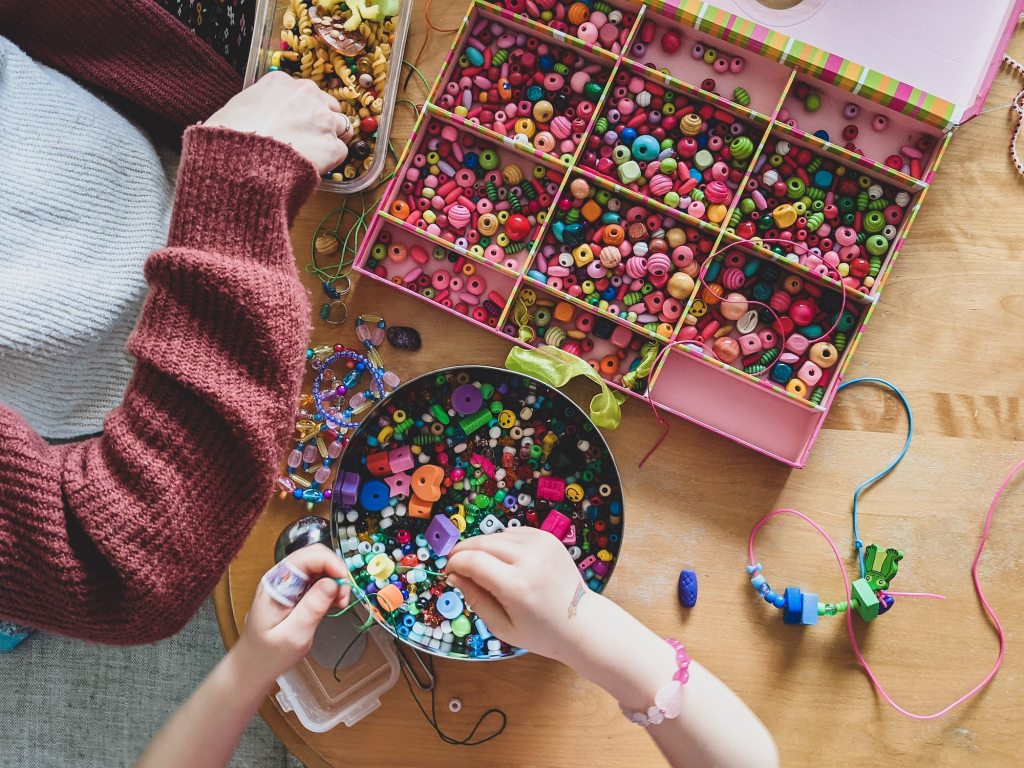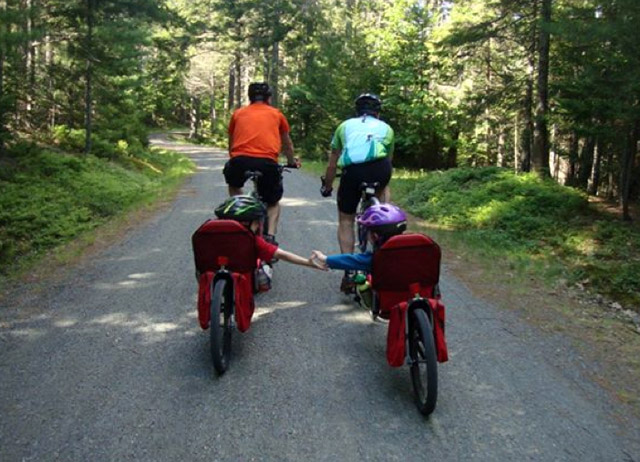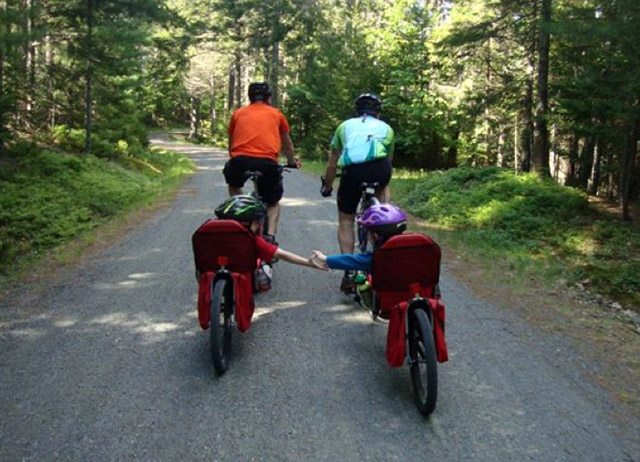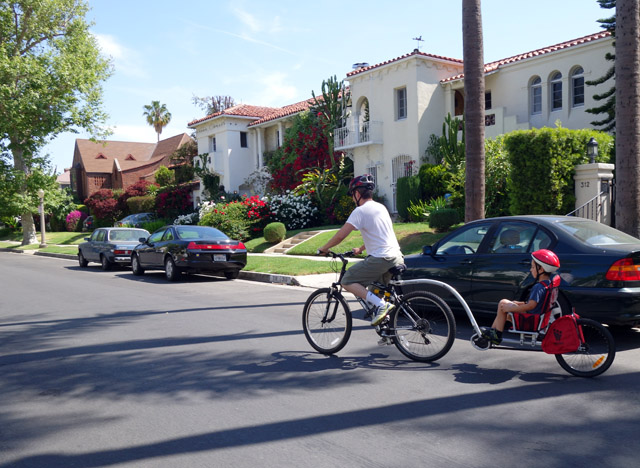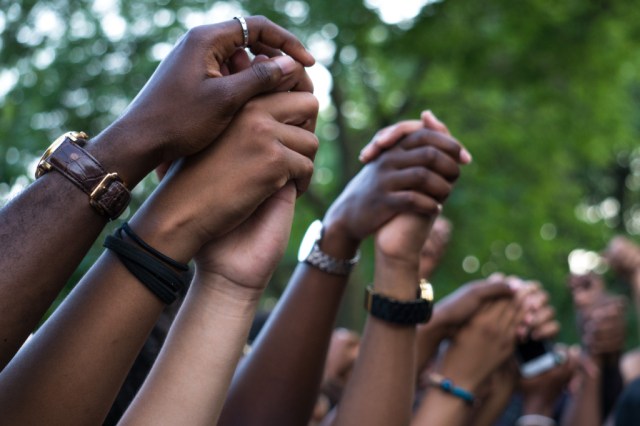As I work to raise my kids, I often think back to my mid-20s when I started entertaining the idea of ever having children.
I remember deciding I would be more of a mentor than a parent. I told myself I would never take any shortcuts. And most hilariously of all, I thought I would never ever allow my child to throw a tantrum.
But most of these ideas came back to bite me when I became a mom. On one occasion, I even found myself standing in the middle of the grocery store, watching in horror as my 3-year-old had a (very loud) public meltdown.
Unfortunately, that was far from the last time something like that happened. But, since then, I have managed to learn about the reasons my kids were having tantrums. And, more importantly, my partner and I found a few good ways of fixing the issue.
What Are Tantrums or Acting Out?
Before I could start looking for ways to prevent my kids from acting out, I had to understand what the concept meant in the first place. According to most sources, it’s an exhibition of improper behavior or unrestrained actions. It’s also usually caused by emotions that have been suppressed or that have not been acknowledged.
Basically, children act out to reduce stress. It’s their way of showing emotions that have previously been hidden. And the best way to prevent it is to address these stressors directly.
The following are the things we focused on while attempting to prevent major tantrums.
1. Their Needs Are Unmet
When trying to figure out why our older child was acting out, this was the first thing we looked at. After all, don’t we all get a bit cranky when our basic needs aren’t met?
Young children aren’t always capable of voicing their needs. Instead, they act out (like when they need to pee but are shy to tell us.)
We have a couple of strategies in place to prevent tantrums caused by unmet needs:
- Have a few healthy snacks on hand
- Make up for missed sleep
- Have a strict “pee before we leave the house” policy
Of course, this doesn’t mean that there aren’t any mishaps. But at least we’re doing our best to prevent unnecessary stress for everyone in the family.
2. They Are Afraid
Children have fears that they grow out of in time (like monsters or men with beards). These are usually caused by something they have seen, read or heard, and can cause them to act out. When this type of thing happens in our family, our strategy is always to have a conversation around it. First, we try to identify the fear. Then, we do our best to dismantle it.
One of the essential things about addressing tantrums caused by fear is that we have to stop ourselves from dismissing our children’s fears. Yes, they may seem irrational to us. But, for a child, they can be perfectly reasonable.
3. School-Related Stress
One of the more recent episodes in our household just happened to be around my oldest’s exams. At first, I was baffled as to why he would be acting so uncharacteristically. Then, it turned out that his behavior was stress-related.
Children who are ambitious and want to do well in school often get very stressed out about their exams. This, in turn, will cause them to act out at some point. However, they may not even be able to identify exam stress as the cause of their mood. They’ll just know what they feel like without realizing the reason behind their feelings.
When exam season approaches, we’ve found that the best thing to do is attempt to relieve some of the stress our child is experiencing. We try to give him his space, accept that he may have a shorter fuse and try not to add fuel to the fire by asking too many questions about his study habits.
4. Not Understanding Limitations
With our younger child, the cause of his tantrums rarely seemed to be that he was sleepy or stressed or afraid. Rather, it was that he had to understand the logic behind everything. And if he didn’t, he just wouldn’t obey, and he’d carry on doing his own thing.
With him, our main method of fixing the problems relied on “learning lessons.” If he wanted to do something, it was never enough just to say no. We had to explain the logic behind our rules in a way he could accept.
So the reason for not being allowed to eat chocolate after bedtime wasn’t that mom and dad said so—it was that he had already brushed his teeth and eating food could lead to tooth decay and (potentially) painful visits to the dentist.
5. Being Overcontrolled
Finally, when our kids throw tantrums or act out, it’s not a bad idea to reflect on whether their behavior is caused by something we’re doing as parents.
Children who feel they are being controlled too much and have no way to assert themselves will often act out. And we parents often run a very tight ship. Or we may simply be imposing expectations that are too high for our kids. When this is the case, they might decide that lying or hiding certain behaviors is the best course of action.
If we find that we are a bit too strict, it’s completely fine to loosen up a bit. After all, perfection is impossible. And expecting it from our children is unfair and stressful—both to them and to us.
Children will be children, and they will naturally act out to test their boundaries and to learn more about life. When they do, attempt to work out the underlying cause of their behavior. Then work on that, as opposed to fixing the mere superficial behaviors.
RELATED STORIES:
Please Don’t Apologize When Your Kid Throws a Tantrum
10 Secrets to Dealing with Tantrums
5 Basic Strategies to Control Toddler Temper Tantrums
Holly Schaeffer is a long-time writer focusing on health, lifestyle, and home improvement. Originally from New Jersey, she moved to California to pursue a degree in creative writing. She now spends her days split between writing and raising her two young sons.







